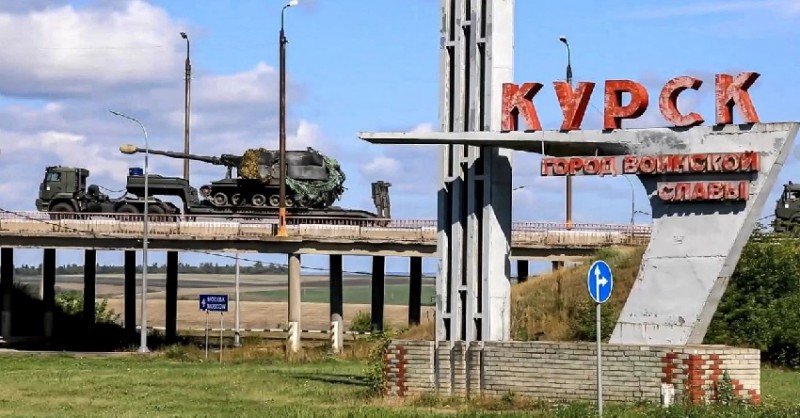
Russia continues to struggle with dislodging Ukrainian forces from the Kursk region, even after three weeks of ongoing conflict. The Russian military has been slow to respond to this incursion, the first occupation of its territory since World War II, due to a combination of strategic priorities and limited manpower. The bulk of Russia's military efforts remain focused on eastern Ukraine, particularly in the Donbas region, leaving few reserves available to counter the Ukrainian advances in Kursk.
Strategic Priorities and Manpower Constraints
President Vladimir Putin has prioritized the full capture of the Donetsk, Luhansk, Zaporizhzhia, and Kherson regions, which were illegally annexed by Russia following the 2022 invasion of Ukraine. Despite the Ukrainian incursion into Kursk, Putin has downplayed its significance, choosing not to divert troops from the Donbas region, where Russian forces continue their slow advance around the strategic city of Pokrovsk.
Experts suggest that Putin's main focus remains on the collapse of the Ukrainian state, believing that territorial control will become irrelevant once this objective is achieved. As a result, Russian forces are doing their best to contain the Ukrainian threat in Kursk without compromising their primary offensive in Donbas.
Ongoing Conflict and Limited Russian Response
Despite Ukrainian forces pushing into Kursk on August 6, Russian troops have maintained their efforts in Donetsk, particularly in areas like Pokrovsk. The strategic importance of Pokrovsk, where Ukrainian forces have built extensive fortifications, contrasts with other parts of Donetsk that remain vulnerable to Russian advances if Pokrovsk falls.
President Putin has acknowledged the Ukrainian incursion in Kursk during televised meetings but has framed it as an attempt by Kyiv to slow down Russia's campaign in Donetsk. He insists that the Russian advance in Donetsk has only accelerated despite the events in Kursk.
Impact on Ukrainian Forces and Russian Public Sentiment
Ukraine's military has claimed control of nearly 1,300 square kilometers (about 500 square miles) in the Kursk region, although this has not been independently verified. The fluid situation in Kursk allows Ukrainian units to operate without establishing a lasting presence in many of the settlements they claim.
Observers note that Russia's response to the incursion has been limited, with efforts focused on sealing roads and targeting Ukrainian reserves rather than launching a full-scale operation to drive out the estimated 10,000 Ukrainian troops in the region. Moscow's reluctance to use conscripts or call up more reservists, due to fears of domestic destabilization, has further constrained its military response.
Risks and Future Implications
By capturing a portion of Russian territory, Ukraine has embarrassed the Kremlin and reshaped the battlefield. However, diverting some of its most capable forces from the eastern front to hold positions in Kursk carries significant risks. The extended front line could overextend Ukraine's already undermanned and outgunned forces, while defending positions inside Russia could create logistical challenges and make supply lines vulnerable to Russian attacks.
Experts suggest that Ukraine could use the Seym River to carve out a buffer zone and control key choke points for Russian logistics and infrastructure. However, it remains to be seen how sustainable Ukraine's position in Kursk will be once Russia fully adapts to the situation and deploys its full force.
Zelenskyy Outlines Plan for Ending War with Russia, Eyes U.S. Discussions
Zelensky Says War Has "Returned to Russia" in Independence Day Message
Ukrainian Incursion into Kursk Boosts Morale Amidst Challenging Times